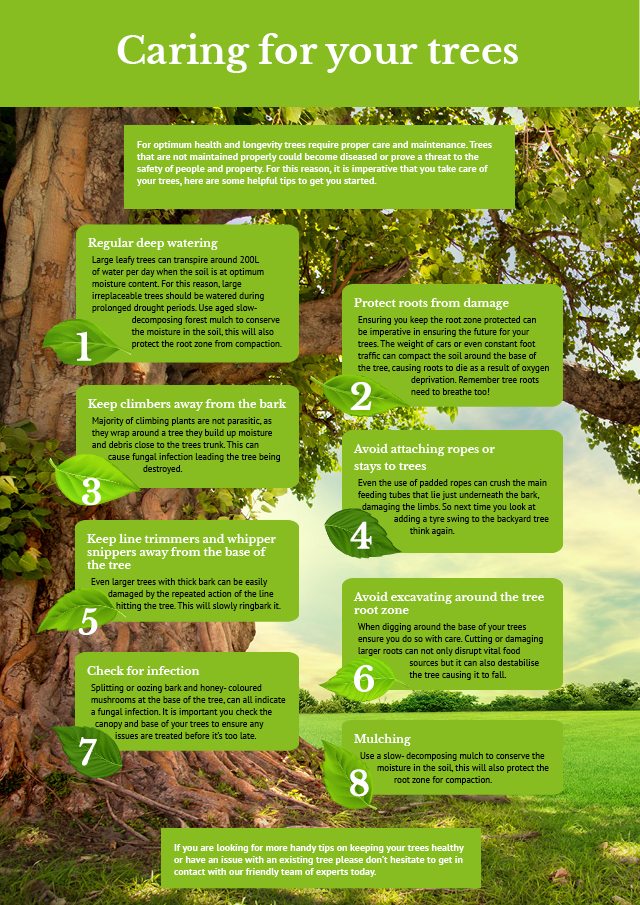Seasonal Tree Treatment: When And Exactly How To Trim For Finest Outcomes
Seasonal Tree Treatment: When And Exactly How To Trim For Finest Outcomes
Blog Article
Posted By-Mullen Gustavsen
When it concerns seasonal tree trimming, timing and method are crucial for your trees' health and wellness and development. You might be surprised at just how much a basic cut can urge new life. Understanding when to trim inactive trees versus flowering ones can make all the difference. However it's not almost when; it's also regarding how you do it. Allow's discover the most effective techniques to ensure your trees flourish.
Comprehending the very best Seasons for Tree Trimming
When's the best time to trim your trees? The solution lies in recognizing the periods. Late wintertime to early springtime is commonly suitable, as trees are still dormant. This timing reduces tension and promotes much healthier development when they stir up.
Nevertheless, if you're dealing with flowering trees, think about cutting right after their flowers discolor. This ensures you will not remove next year's blossoms.
In summer season, light cutting can help preserve shape and get rid of any kind of dead or diseased branches. Stay clear of hefty trimming throughout fall, as trees are planning for inactivity and might have a hard time to heal.
Eventually, recognizing your tree types and neighborhood climate will direct your trimming schedule. Choose carefully, and your trees will certainly grow perfectly year-round.
Necessary Trimming Strategies for Healthy Trees
Trimming your trees successfully is crucial for their health and longevity. Start by using tidy, sharp tools to make exact cuts, which aids prevent damage and disease.
Concentrate on removing dead, harmed, or crossing branches first; this motivates better air movement and sunlight infiltration. When reducing, Local Tree Removal Services for an angle that advertises healing and decreases the threat of rot. Constantly trim just outside the branch collar, the puffy area where the branch fulfills the trunk, to improve recuperation.
For young trees, shape them by selectively trimming to develop a strong structure. Lastly, stay clear of over-pruning; eliminating too much vegetation can worry your tree.
Common Mistakes to Prevent When Pruning
Numerous house owners make important blunders while pruning their trees, which can lead to long-lasting damages.
One typical mistake is over-pruning, where you eliminate too many branches at once. This can worry the tree and prevent its growth.
One more blunder is making use of dull devices; sharp, clean devices make cleaner cuts that recover quicker.
Don't fail to remember to prune at the wrong time of year; winter season is often best for numerous varieties, while summer season is suitable for others.
Also, prevent cutting branches also near the trunk or leaving stubs, as both can invite insects and diseases.
Finally, stopping working to go back and analyze the tree's overall shape can lead to unequal development.
Maintain these errors in mind for healthier, flourishing trees!
Verdict
In conclusion, seasonal tree trimming is critical for your trees' health and development. By pruning at the correct times-- late winter for dormant trees and right after blossoms for blooming varieties-- you'll motivate lively foliage and blossoms. Remember to use clean, sharp devices and adhere to appropriate techniques to prevent damage. Prevent heavy pruning in the fall and remain clear of common blunders. With these suggestions in mind, you'll maintain your trees prospering throughout the year!
